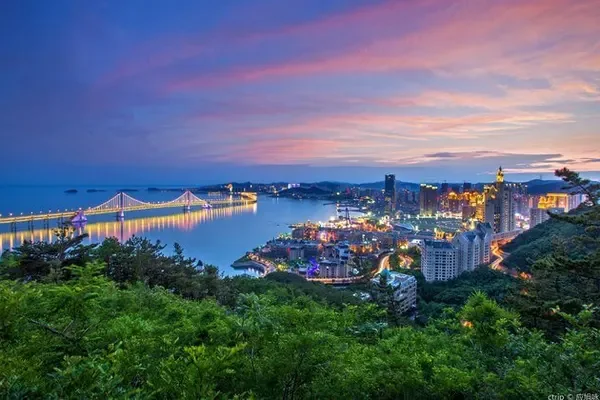introduce
The ruins of the ancient city of Milan are a group of cross-cultural ruins of different ages, including the ruins of Yixun City in Shanshan, the Han Dynasty farmland, and the Tang Dynasty ancient fortress ruins.
Ancient Milan is an ancient oasis city in the south of the Taklamakan Desert, located at the intersection of Lop Nur and the Altyn Mountains on the Silk Road. Once, it was a busy trade center on the southern Silk Road, an important passage into and out of Central Asia. In order to avoid crossing the "Great Desert" ("Taklamakan" means Uighur, and it is also called "Sea of Death") and the Tarim Basin, they often choose to bypass Milan from the north and the south.
Ancient Milan was once an important base for the Central Dynasty to manage the Western Regions. According to historical records, in the Western Han Dynasty, this place was Yixun City of Loulan in the Western Regions. In the fourth year of Yuanfeng (77 BC), Emperor Zhaodi of the Han Dynasty, Wei Tuqi, king of Shanshan (ancient Loulan Kingdom), requested the Han Dynasty to send a general to lead troops to garrison fields and accumulate valleys, and the Han Dynasty sent a Sima and 40 officials to garrison Yixun. . In the mid-Tang Dynasty, Milan was occupied by Tubo, and the ancient castle was a military fort built by Tubo.
Representative buildings:
ancient castle
Gushu Fortress is a representative building in the ruins of the ancient city of Milan. It is located on the main road of Xingan Highway, with a width of 56 meters from north to south.
It is about 70 meters long from east to west and has an irregular square shape. The city wall is built of rammed earth, with red willow branches sandwiched in the rammed earth layer, and the rammed earth layer is built with adobe. There are two gaps in the west wall with a width of 5-6 meters, which may be the gate of the ancient garrison fortress. In the north is a large step-shaped earth slope. From the low depression to the north wall of the fort, a house is built on the slope. The house is flat-roofed and there are no door openings. Its structure is similar to the Potala Palace in Tibet. In the east of the fort is a large house, and in the south is an earthen platform with a height of nearly 13 meters. There are poles on the earthen platform, which seems to be a beacon tower. On the east and west sides of the ancient castle, there are many pagodas and large-scale temple ruins. According to historical records, Faxian, a famous eminent monk in ancient my country, taught the Dharma and worshiped Buddha here on his way to Tianzhu in the west or his hometown in the east.
Todaiji Temple
Dongdai Temple is another representative building in the ruins of the ancient city of Milan. It is divided into upper and lower floors, surrounded by a high courtyard wall outside. There is a Buddhist niche of 12 meters × 0.6 meters × 2.4 meters in the temple. There are statues of Bodhisattvas and heavenly kings, and there are still bas-relief sculptures of cirrus stigmas around them. Under the building on the east side of the ruins of the Buddha Hall, there are still large Buddha statues and a large Buddha head abandoned on the ground. Xidai Temple is a Buddhist temple building opposite Todai Temple. It is centered on a rectangular Xumi-style base of 5.6 meters by 12.2 meters, and a corridor is placed around the base. building. The Buddhist ruins of the temple are typical of the early Buddhist culture in the Western Regions. The postures of the Buddha statues are vivid, the patterns and patterns are beautiful and concise, which provide precious material materials for the study of Chinese and Western culture and art history.
Tips:
To enter the old city of Milan, you must first go to the Ruoqiang County Culture and Sports Bureau to go through the formalities and pay the cultural relics protection management fee, and you should contact the local Culture and Sports Bureau for the specific fee. The cultural relic protection fee is about 350.
opening hours
The specific business status is subject to the opening of the day.

